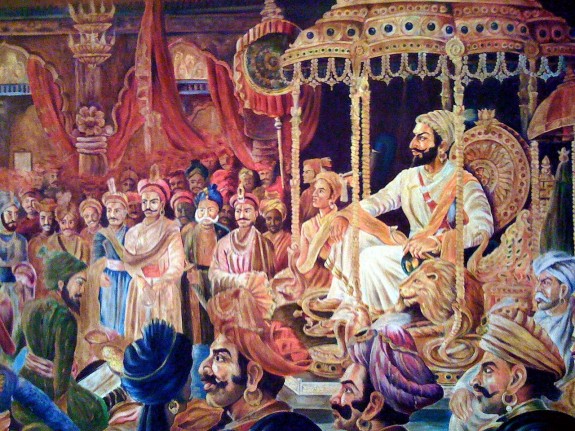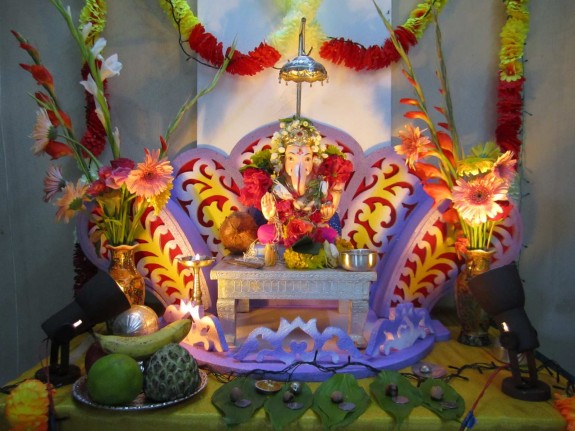The Maharashtrians, originating from the Western state of Maharashtra, are a diverse people that have roots everywhere from Kashmir to the Middle East. Hailing primarily from religiously-affiliated castes, such as Brahmins and other priests, the Maharashtrians are a very traditional and pious people.
Their wedding rituals, therefore, tend to be simple yet vibrant in culture. Since there are many different cultures and groups within the state, each wedding can be different. But the traditional Maharashtrian wedding has a collection of rituals and traditions that are standardly followed.
Origins
The Marathas, historically, are the people who formed Maharashtra in the 17th under King Shivaji. For those in the Maharashtrian community, Marathas can also be a caste within the region. We will referring the former more often.
The warrior king, Shivaji brought many political concepts and traditions to India during his rule in the 17th century. He introduced organizational concepts such as advisory cabinets, and he was even responsible for the growth of the navy and military during that time.
Photo courtesy of wikipedia.com.
The Maratha’s strict adherence to organization and tradition can be seen in Maharashtrian weddings today. From the pre-wedding pujas to the post-wedding prayers, religion and order are practiced throughout the ceremony.
Cultural Values
From the growth of the Maratha’s power and influence during the 17th century onwards, Maharashtrians tend to be strong supporters of religious values and following traditions. They celebrate holidays from the Hindu calendar with special pujas and unique Maharashtrian sweets and foods.
Ganpati, one of the largest and most exciting holidays, is the most important. While worshipping Lord Ganesha is popular all across India, it took on a special meaning in Maharashtra. To raise morale and increase unity, independent activist Lokmanya Tilak made the Ganpati puja public in 1873, instead of a private affair. Soon, all public stations, boards, and shops were filled with photos of Lord Ganesha, rallying the people against the British colonization.
Photo courtesy of howzzit.com.
Family values are also strong amongst Maharashtrians, and this can be noted from their wedding traditions. Every family member, from the mother’s brother to the bride’s younger siblings, has a role to play in the ceremony.
Hindu superstitions are also taken very seriously. Maharashtrian weddings, even today, are known for their adherence to astrological horoscopes to determine if the bride and groom are a good pair and what days are auspicious for the marriage ceremony.
Maharashtrian Hindu wedding ceremonies are both similar and different to Hindu weddings across India. Maharashtrians follow similar religious rituals like the pheras, kanyadaan, and saptpadi, but they also have many pre-wedding rituals not common in other communities.
One of the most noted differences, is the bride’s sari. While it is common in India to wear, red, white, or green, Maharastrians traditional wear a golden orange, or marigold/mango colored sari. The sari can be 9 yards (a nauvari) or standard six, but it is her dress that one can immediately recognize a Maharashtrian wedding.

Sareera Reddy’s Maharashtrian wedding and typical outfits.
This wedding guide will help you navigate through the spiritual traditions involved in a Maharashtrian ceremony – with details on how to dress, what to serve, and even what each puja actually means!
Follow the rest of our essential guide, to understand and throw Maharashtrian wedding.
Maharashtrian Wedding: Introduction – You are here!
Maharashtrian Engagement/Pre-Wedding Traditions
Maharashtrian Wedding Traditions
Maharashtrian Post-Wedding Traditions
Maharashtrian Food and Desserts
Whether you are Maharashtrian bride planning your wedding, or a guest attending, we hope this guide will help you understand more of the culture and traditions that go on.
If you have questions or comments, or would like to share your own traditions, please comment in the box below!


